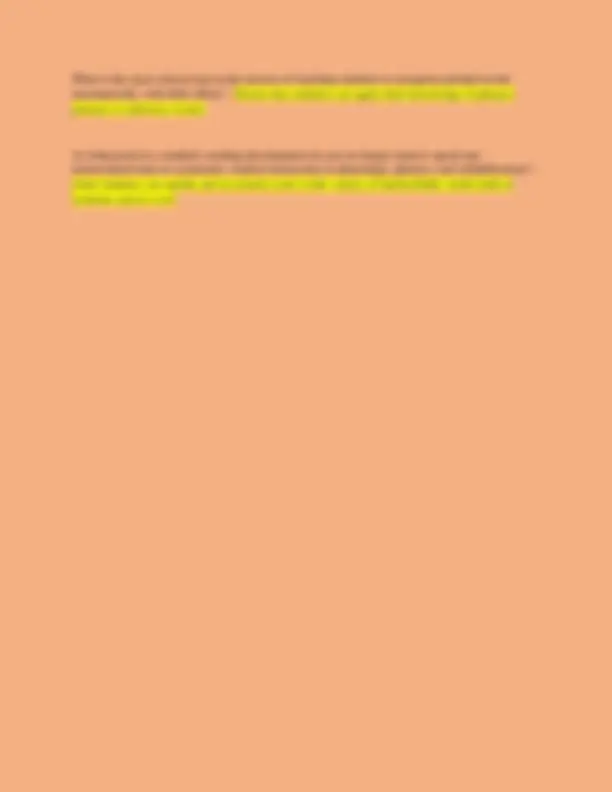



Study with the several resources on Docsity

Earn points by helping other students or get them with a premium plan


Prepare for your exams
Study with the several resources on Docsity

Earn points to download
Earn points by helping other students or get them with a premium plan
Community
Ask the community for help and clear up your study doubts
Discover the best universities in your country according to Docsity users
Free resources
Download our free guides on studying techniques, anxiety management strategies, and thesis advice from Docsity tutors
A series of questions related to literacy education, focusing on phonics, morphology, and reading fluency. It covers topics such as graphemes, anglo-saxon vocabulary, english orthography, syllabification, and the role of morphemes in reading comprehension. The questions are designed to assess understanding of key concepts in literacy instruction and reading development, making it a valuable resource for educators and students studying literacy. It also addresses the importance of systematic phonics instruction and its impact on reading automaticity. Useful for students and educators alike, providing insights into effective literacy practices and assessment strategies. It is a concise yet informative resource for anyone interested in enhancing their knowledge of literacy education.
Typology: Exams
1 / 2

This page cannot be seen from the preview
Don't miss anything!


Based on the grapheme representing /sh/, which word is probably from French? - machine Which of the following words is most probably from the Anglo-Saxon layer of English? - playground Because of arbitrary and historical conventions governing English orthography, some letters can never be used to end a word. Which word can be explained by that principle? - have If you were teaching the soft c for reading and spelling, which words could be used as examples?
What is the most critical step in the process of teaching students to recognize printed words automatically, with little effort? - Ensure that students can apply their knowledge of phonics patterns to unknown words. At what point in a student's reading development do you no longer need to spend any instructional time on systematic, explicit instruction in phonology, phonics, and syllabification? - when students can rapidly and accurately read a wide variety of multisyllabic words both in isolation and in a text